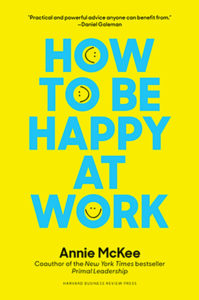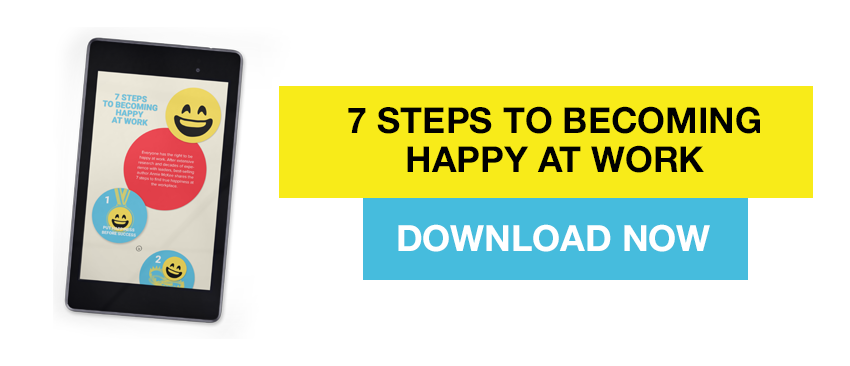Great leaders move us. They ignite our passion and inspire the best in us. When we try to explain why they are so effective, we speak of strategy, vision, or powerful ideas. But the reality is much more primal: Great leadership works through the emotions.
No matter what leaders set out to do—whether it’s creating strategy or mobilizing teams to action—their success depends on how they do it. Even if they get everything else just right, if leaders fail in this primal task of driving emotions in the right direction, nothing they do will work as well as it could or should.
Two Different Emotional Responses
Consider, for example, a pivotal moment in a news division at the BBC, the British media giant. The division had been set up as an experiment, and while its 200 or so journalists and editors felt they had given their best, management had decided the division would have to close. It didn’t help that the executive sent to deliver the decision to the assembled staff started off with a glowing account of how well rival operations were doing, and that he had just returned from a wonderful trip to Cannes.
The news itself was bad enough, but the brusque, even contentious manner of the executive incited something beyond the expected frustration. People became enraged—not just at the management decision, but also at the bearer of the news himself. The atmosphere became so threatening, in fact, that it looked as though the executive might have to call security to usher him safely from the room.
The next day, another executive visited the same staff. He took a very different approach. He spoke from his heart about the crucial importance of journalism to the vibrancy of a society, and of the calling that had drawn them all to the field in the first place. He reminded them that no one goes into journalism to get rich—as a profession its finances have always been marginal, with job security ebbing and flowing with larger economic tides. And he invoked the passion, even the dedication, the journalists had for the service they offered. Finally, he wished them all well in getting on with their careers. When this leader finished speaking, the staff cheered.
The difference between the leaders lay in the mood and tone with which they delivered their messages: One drove the group toward antagonism and hostility, the other toward optimism, even inspiration, in the face of difficulty. These two moments point to a hidden, but crucial, dimension in leadership—the emotional impact of what a leader says and does.
Mood Versus Emotion
While most people recognize that a leader’s mood—and how he or she impacts the mood of others—plays a significant role in any organization, emotions are often seen as too personal or unquantifiable to talk about in a meaningful way. But research in the field of emotion has yielded keen insights into not only how to measure the impact of a leader’s emotions but also how the best leaders have found effective ways to understand and improve the way they handle their own and other people’s emotions. Understanding the powerful role of emotions in the workplace sets the best leaders apart from the rest—not just in tangibles such as better business results and the retention of talent, but also in the all-important intangibles, such as higher morale, motivation, and commitment. This emotional task of the leader is primary—that is, first—in two senses: It is both the original and the most important act of leadership.
Leaders have always played a primordial emotional role. No doubt humankind’s original leaders—whether tribal chieftains or shamanesses—earned their place in large part because their leadership was emotionally compelling.
Throughout history and in cultures everywhere, the leader in any human group has been the one to whom others look for assurance and clarity when facing uncertainty or threat, or when there’s a job to be done. The leader acts as the group’s emotional guide.
Excerpted from Primal Leadership, Harvard Business Review Press, 2013.

You Deserve to Be Happy at Work
Based on extensive research and decades of experience with leaders, How to Be Happy at Work deepens our understanding of what it means to be truly fulfilled and effective at work and provides clear, practical advice and instruction on how to get there―no matter what job you have.
